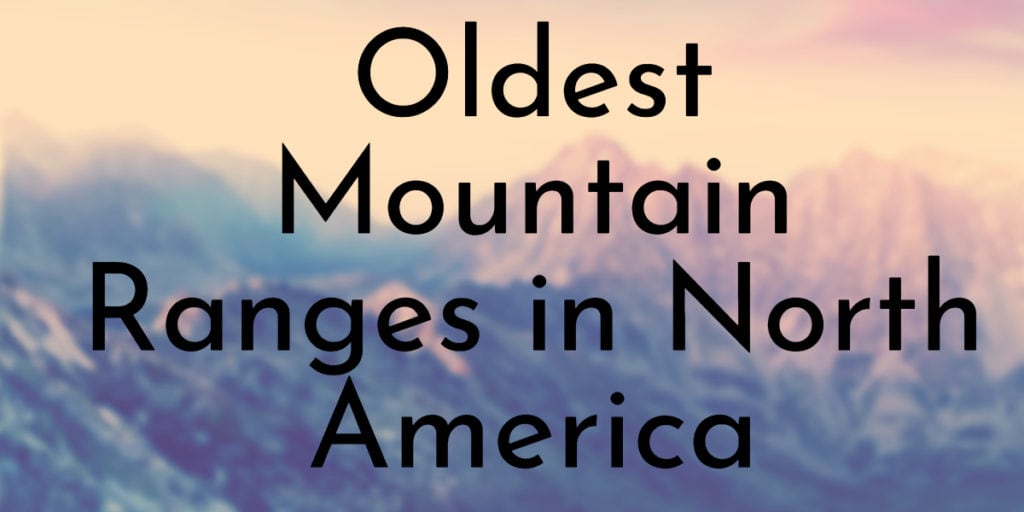The formation of mountain ranges in North America is a significant part of the history of the continent. Mountain ranges have been formed by several processes, including tectonic activity, erosion and deposition of rocks, and volcanism.
These mountain ranges helped to shape the cultural landscape of North America by making it possible for early settlers to travel through them on their way westward. They also provided water for agriculture and made it easier for people to live off the land in more mountainous regions than flat ones like those found in most other parts of the world.
In this article, we will explore the oldest mountain ranges in North America and some interesting facts about them.
9. Olympic Mountains
Age: 35 million years
State: Washington
Peak: Mount Olympus
Elevation: 2, 427 meters
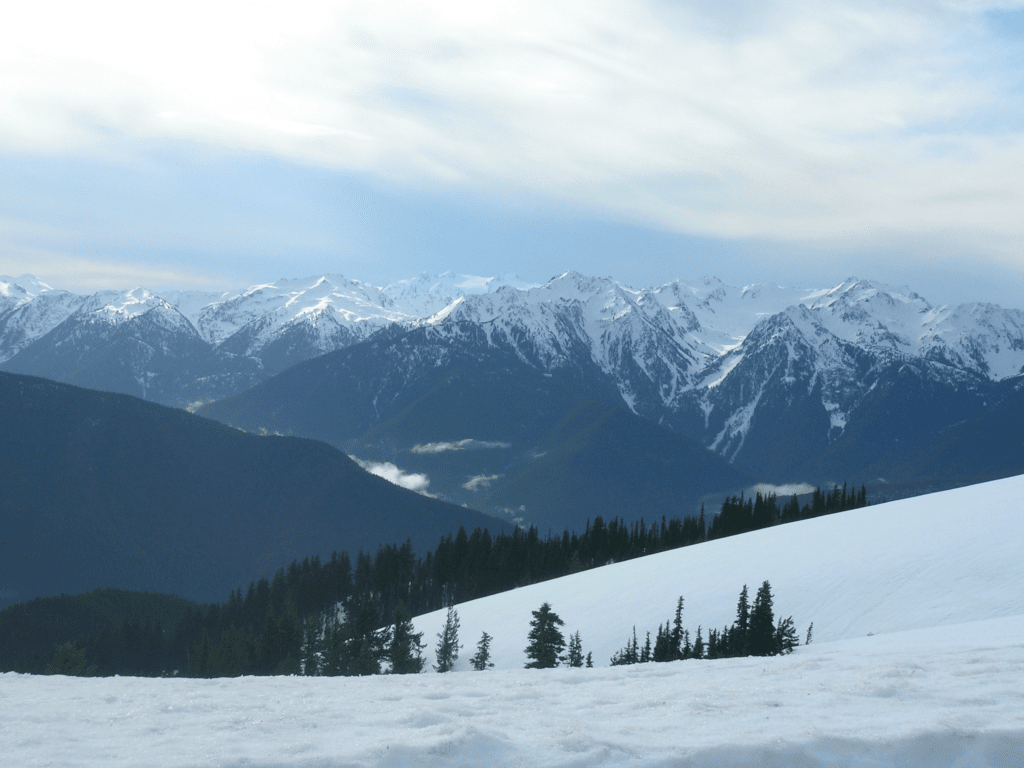
The mountains now span the Olympic Peninsula south of the Juan de Fuca Strait and west of Puget Sound in northwest Washington, U.S. The Olympic Mountains are made up of a sizable chunk of oceanic crust that was elevated, folded, and subducted into the mainland during the course of the previous 35 million years along the edge of the Cascadia subduction zone.
The sedimentary and metamorphic rocks that make up the majority of the range are heavily folded and fragmented, and they are surrounded on three sides by basalt from the Crescent Formation and overlying sedimentary strata that form a horseshoe-shaped barrier to the east. Young glacial and non-glacial sediments have locally buried these rocks.
Did You Know?
The Olympic summit with the most glaciers is Mount Olympus. It mostly absorbs the moisture carried by breezes from the Pacific Ocean.
8. Sierra Nevada
Age: 40 million years
State: California
Peak: Mount Whitney
Elevation: 4, 421 meters
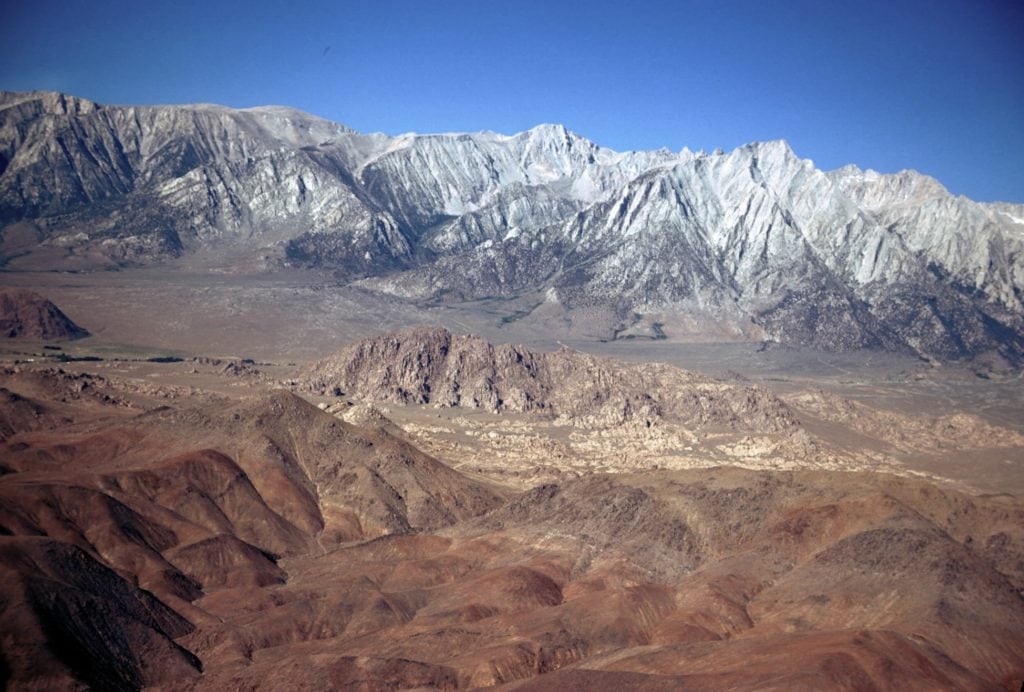
The high peaks and summits of the Sierra Nevada are clearly toward the east, making it an asymmetrical range. The Sierra Nevada has long been acknowledged as a piece of the Earth’s crust that is faulted and inclined. The large mass that formed the Sierra Nevada was raised and inclined westward along a major fault line that surrounds the block on the east.
It is the longest uninterrupted and cohesive mountain chain. A number of rivers that empty into nearby bodies of water drain the Sierra Nevada, which is a portion of the American Cordillera. The Pacific Ocean is served by the Western Slope Watershed, which drains the Central Valley.
Did You Know?
The “Range of Light” is the most well-known moniker for the Sierra Nevada. This is based on the remarkably light-colored granite that glacial movements exposed on the summits.
7. Cascade Range
Age: 45 million years
State: Washington
Peak: Mount Rainier
Elevation: 4,392 meters
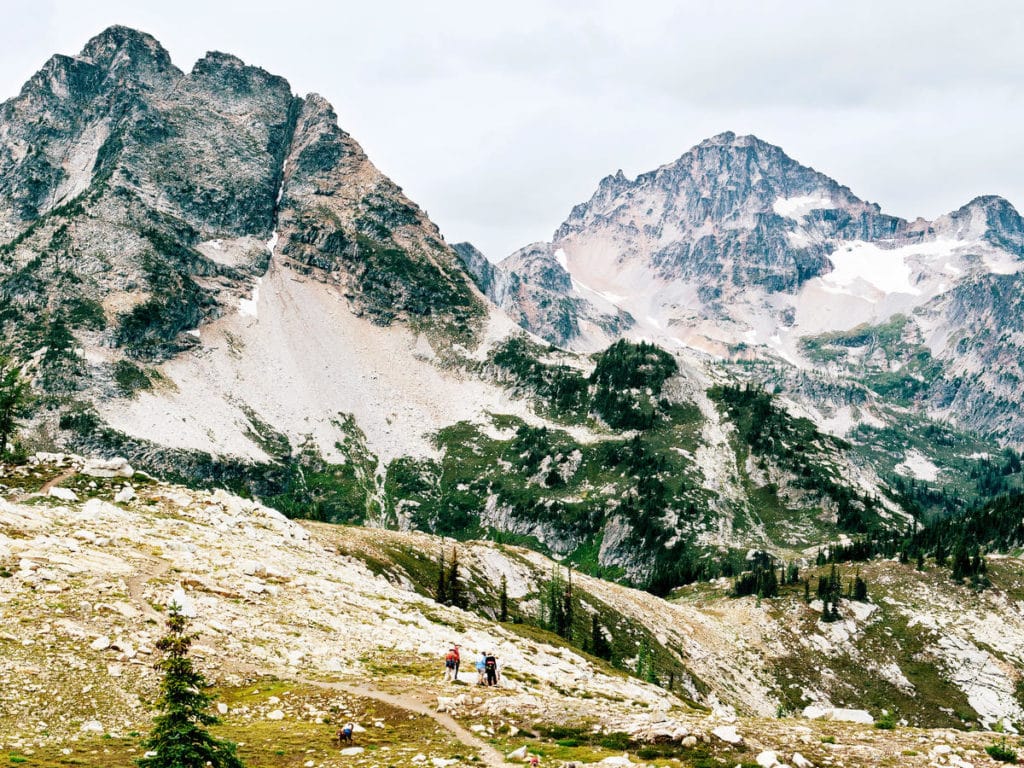
Some of the most beautiful and intricately formed mountains in the United States may be found in Washington State’s northwest, in the North Cascade Range. With an average height of 7,000 feet and rough topography, the northern part of the range is home to several alpine glaciers. The range is heavily forested since it gets 80 inches of rain on average each year.
Although the Cascade Mountains are officially known as such north of the Canada-U.S. The Cascades begin at the boundary and extend to the northernmost point of the range at Lytton Mountain. The northern section of the range, north of Mount Rainier, is referred to as the North Cascades in the United States.
Did You Know?
The Pacific Ring of Fire encompasses the Cascade Range as well.
6. Alaska Range
Age: 60 million years
State: Alaska
Peak: Denali
Elevation: 6,201 meters
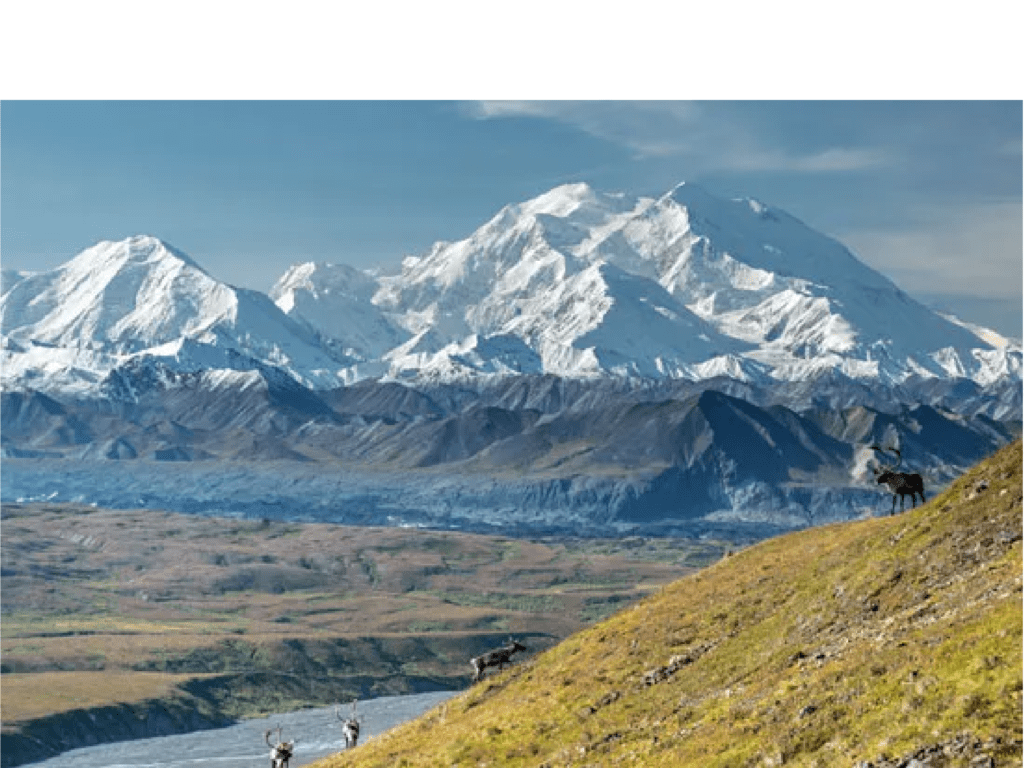
Rock formed by volcanic eruptions makes up practically the entire Oregon part of the Cascade Range. The Alaska Range is a 600-mile-long arc of mountains that extends from the border between Alaska and Canada all the way to the Alaska Peninsula. The Denali National Park and Preserve, a large area with enormous glaciers and towering peaks, is where the range reaches its highest point.
The inland tundra is divided from the Pacific coastal region by mountains that act as a climate barrier. Visitors are drawn to the summits by the massive glaciers and breathtaking Arctic environment, which provide several climbing obstacles.
Did You Know?
Alaska Range is the tallest mountain range in the globe that is not located in Asia and Andes
5. Sierra Madre
Age: 60 millions years
State: Mexico
Peak: Cerro Potosí
Elevation: 3,311 meters
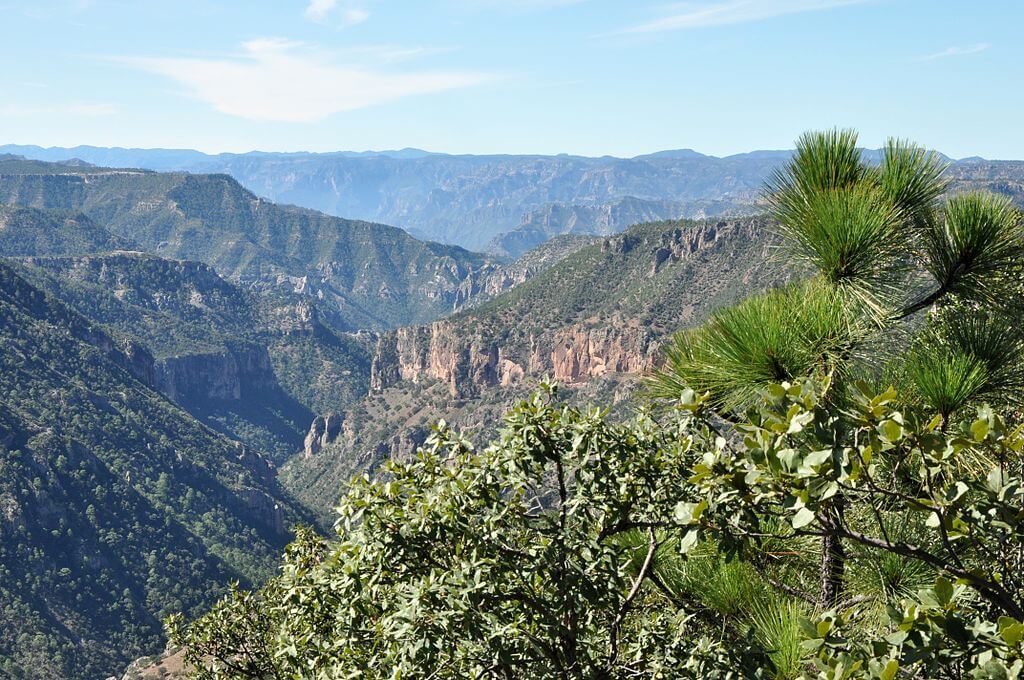
The Sierra Madre is a mountain range that is a part of the American Cordillera, the mountainous network that runs across West Antarctica, Central America, North America, and South America.
A large portion of northern and central Mexico is covered by the Mexican Plateau, which is surrounded by three major mountain ranges, including the Sierra Madre Oriental.
In a northwest-southeast orientation, the Sierra Madre Occidental runs 1,250 km along Mexico’s Pacific coast, over its western and northern regions, and along the Gulf of California. Most of its topography is volcanic.
Did You Know?
Biodiversity is abundant in the Sierra Madre. It also includes several deserts and Taxa species.
4. Rocky Mountains
Age: 80 million years
State: Colorado, Wyoming, New Mexico, Montana, British Columbia, Idaho
Peak: Mount Elbert
Elevation: 4, 401 meters
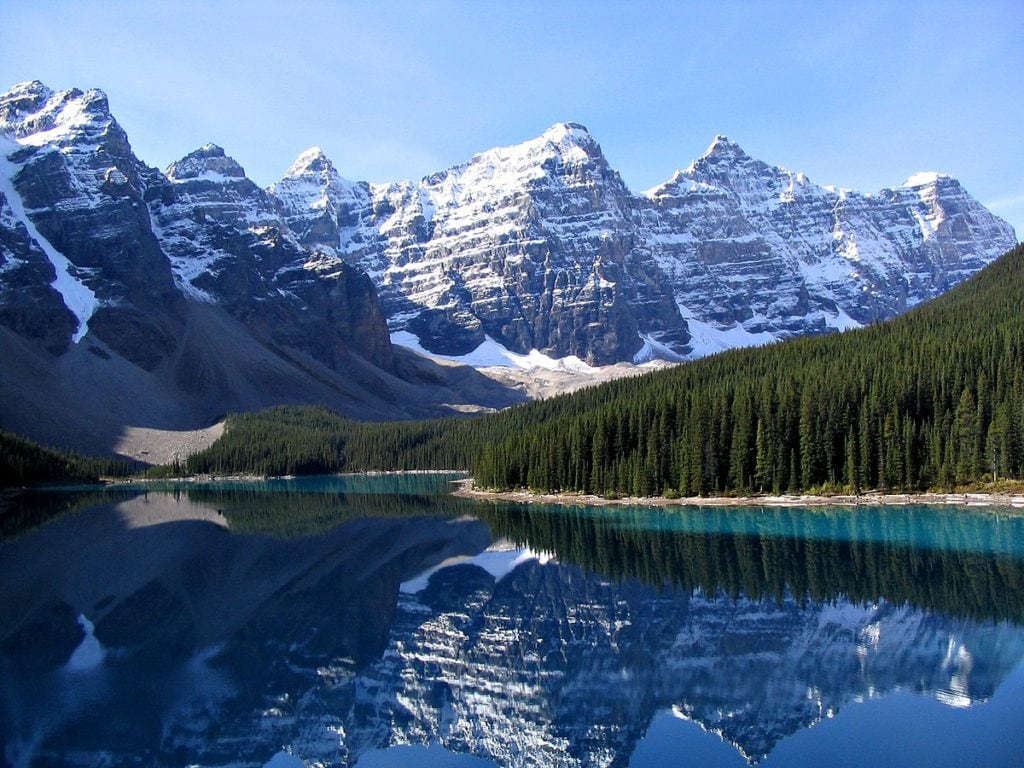
The massive upland system that dominates western North America is made up of a mountain range commonly referred to as the Rockies. It forms the cordilleran spine of the continent. A collection of mountain ranges known as the Rockies normally stretches from northern Alberta and British Columbia south to New Mexico.
The current Rocky Mountain terrain was shaped by water in all of its forms. One-fourth of the country’s water supply is provided by the Rocky Mountain rivers and lakes through runoff and snowfall from the peaks.
Did You Know?
The museum collection at Rocky Mountain contains artifacts and specimens that document the history of the park, including antique photographs, household objects that were formerly part of park-era residences, and oil and watercolor paintings of the park’s beauty.
3. White Mountains
Age: 100-124 million years
State: New Hampshire
Peak: Mount Washington
Elevation: 1, 917 meters
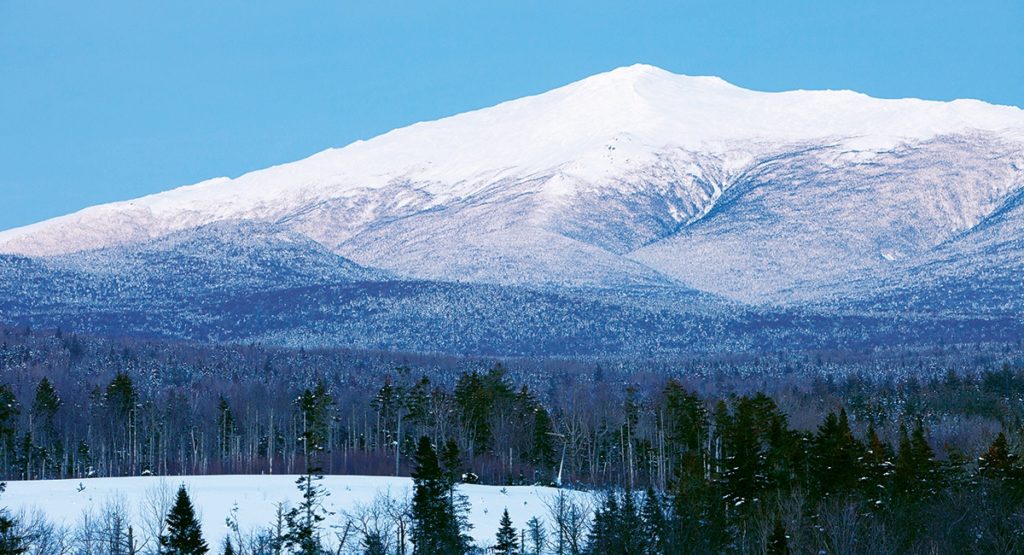
The White Mountains are a mountain range that takes up roughly one-fourth of the state of New Hampshire and a tiny piece of western Maine. Most of the mountains are inside the White Mountain National Forest, with only the highest summits rising over the timberline. The area is a well-liked summer vacation destination due to its abundance of campgrounds and more than 1,000 miles of natural trails.
There are extra winter sports facilities and excellent ski slopes in the mountains. The majority of the mountains are located inside the White Mountain National Forest, with only the highest summits rising beyond the timberline.
Did You Know?
Franklin Leavitt’s mountain map was one of the first two to be created for tourists.
2. Great Smoky Mountains
Age: 200-300 million years
State: North Carolina, Tennessee
Peak: Clingmans Dome
Elevation: 2, 025 meters
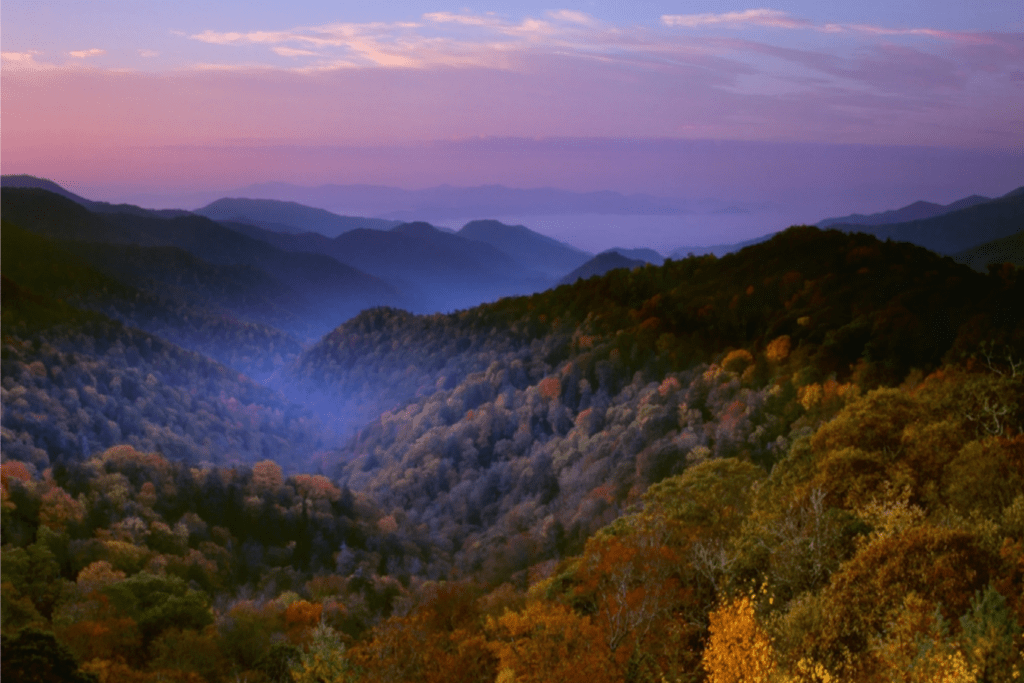
The Great Smoky Mountains in the southeast of the United States rise along the Tennessee-North Carolina border. The name of the range is occasionally abbreviated to the Smokies, or Smoky Mountains. The Great Smoky Mountains National Park, which safeguards the majority of the range, is the reason it is better known as the Great Smoky Mountains.
The Smokies are renowned for their tremendous biodiversity. There are roughly 50 different species of fish, 240 different bird species, and more than 1,500 species of blooming plants.
Did You Know?
The land that is now the Great Smoky Mountains National Park was privately held until Tennessee and North Carolina contributed to the construction of Newfound Gap Road. The states also agreed that there would be no tolls or admission fees to be collected.
1. Appalachian Mountains
Age: 480 million years
State: Alabama, Georgia, Kentucky, Maryland, Mississippi, New York, North Carolina, Ohio, Pennsylvania, South Carolina, Tennessee, and Virginia, and all of West Virginia
Peak: Mount Mitchell
Elevation: 2, 037 meters
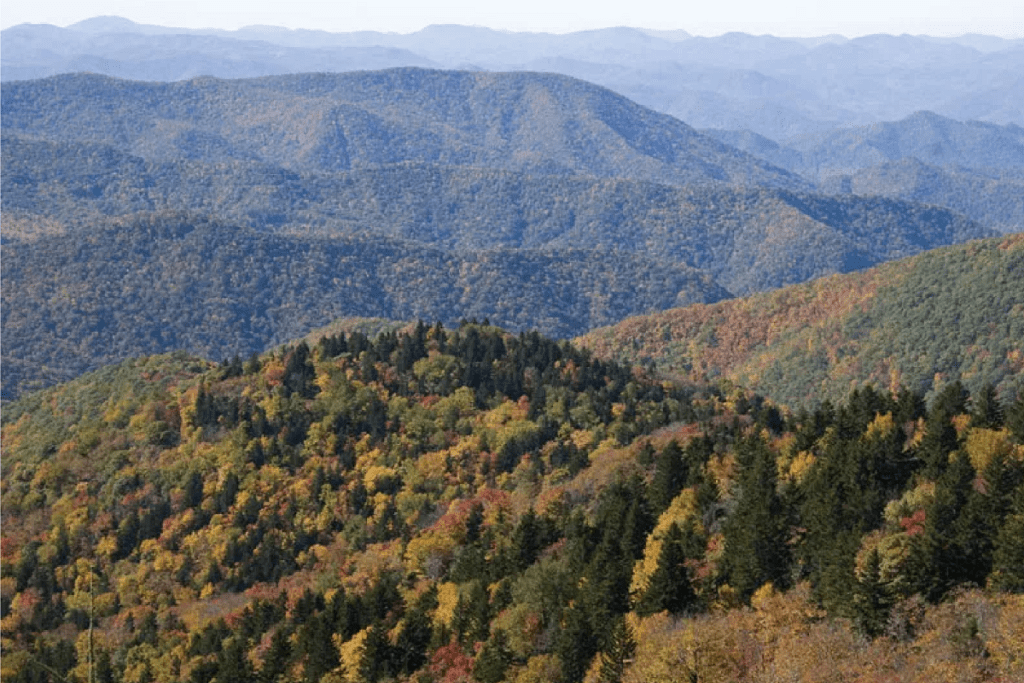
Eastern to northeastern North America is home to the Appalachian Mountains, sometimes known as the Appalachians. During the Ordovician Period, 480 million years ago, the Appalachians initially began to develop, making it the oldest mountain range in North America.
Different geographic areas connected to the mountain range are referred to together as Appalachia. In its broadest sense, it refers to the entire mountain range, including the hills that surround it and the divided plateau area. They are renowned for the biological variety and magnificent beauty of their surroundings.
The Appalachians have been significant throughout American history. The mountains, which had historically served as a natural barrier to the westward migration of European colonial settlers, served as a battleground throughout the French and Indian War, the American Revolution, and the American Civil War.
Did You Know?
The Appalachian Mountains attract an estimated 3 million hikers each year.


